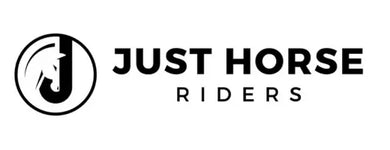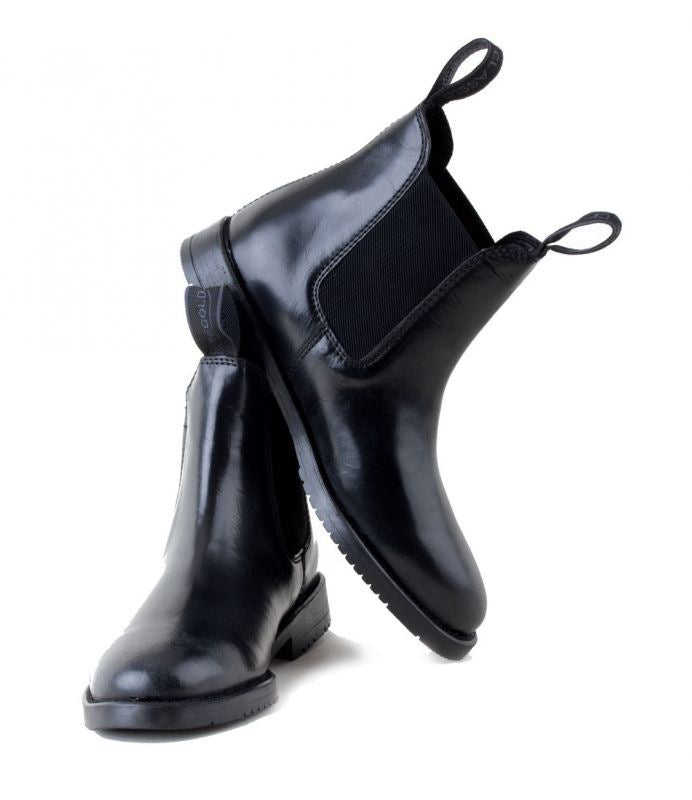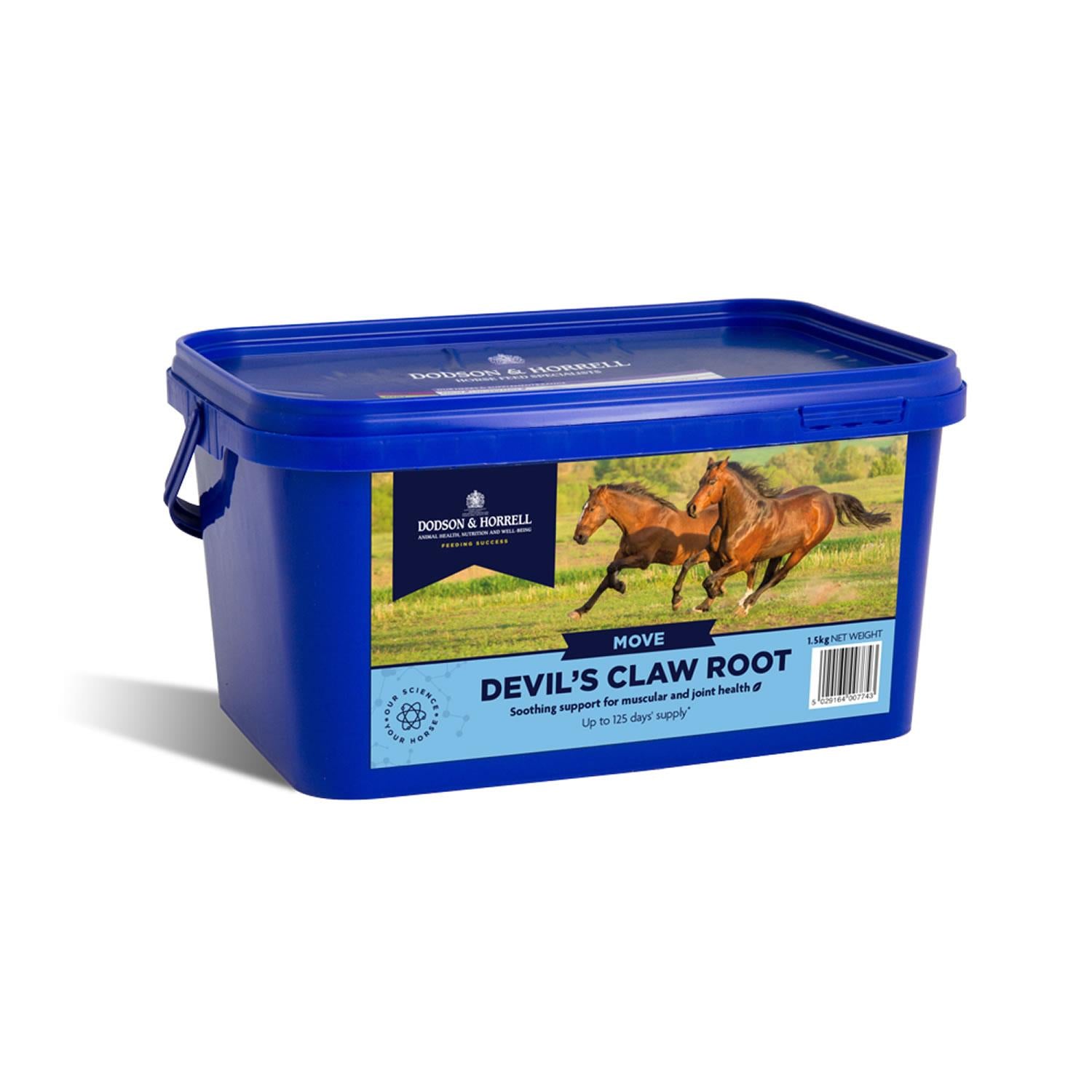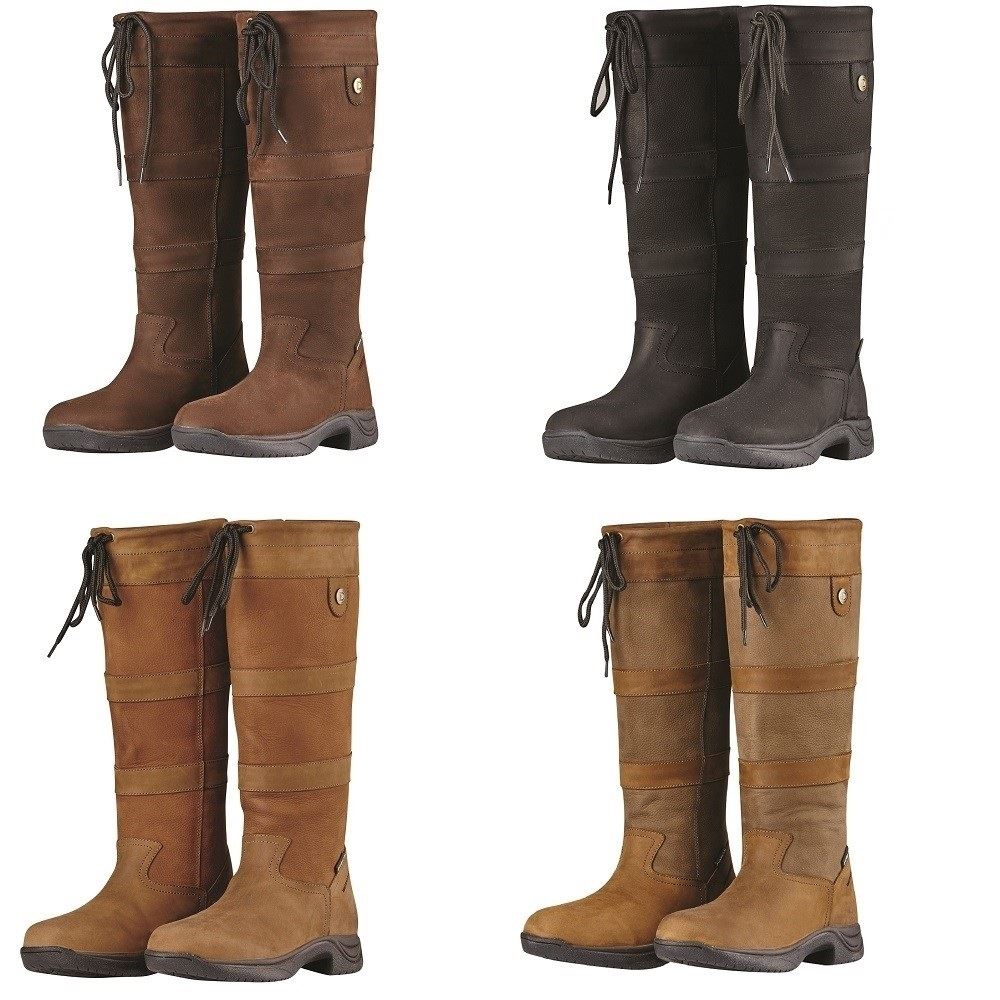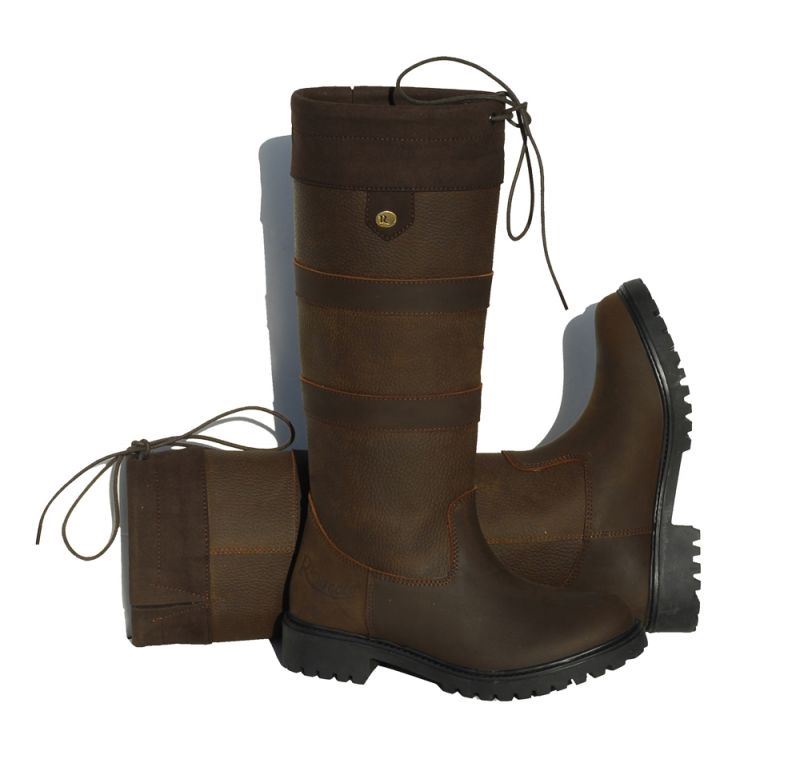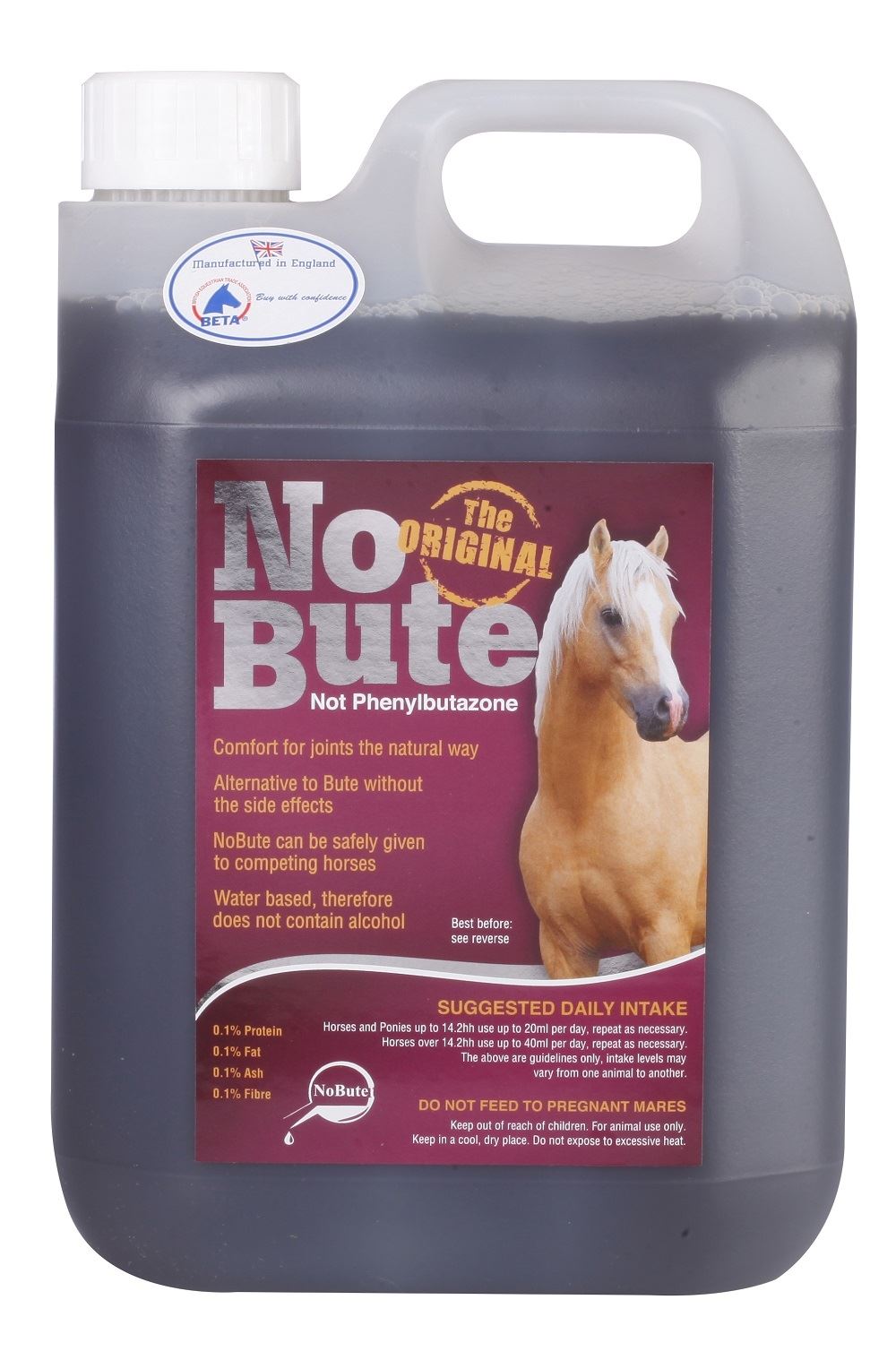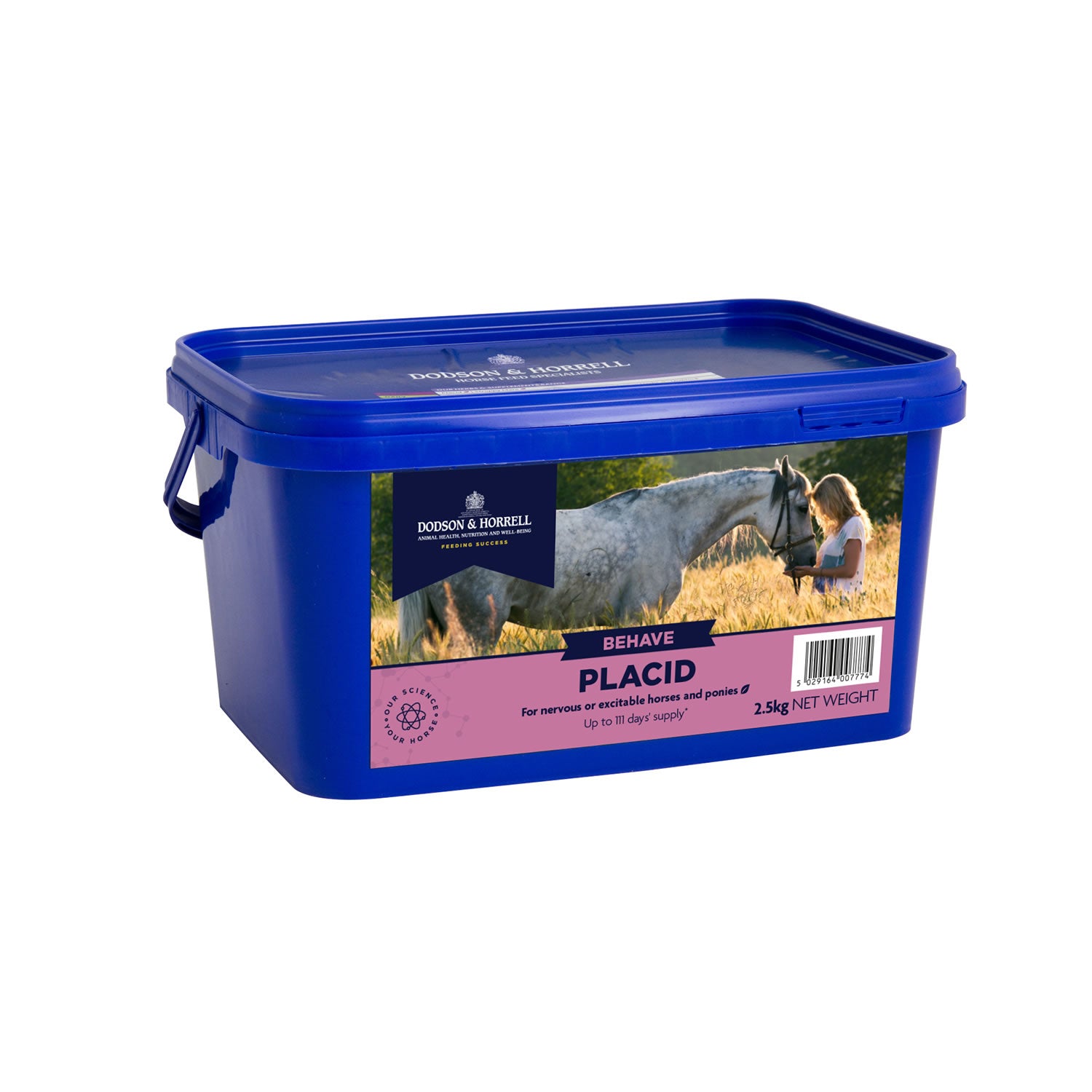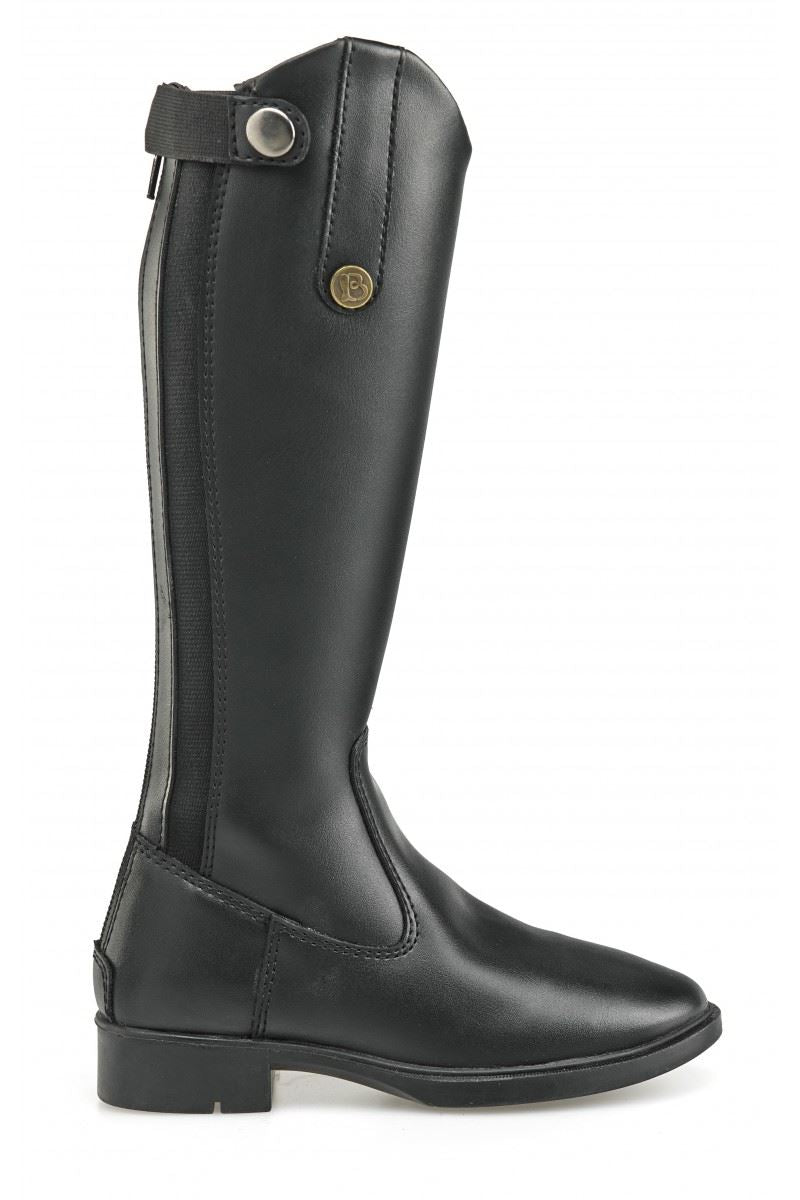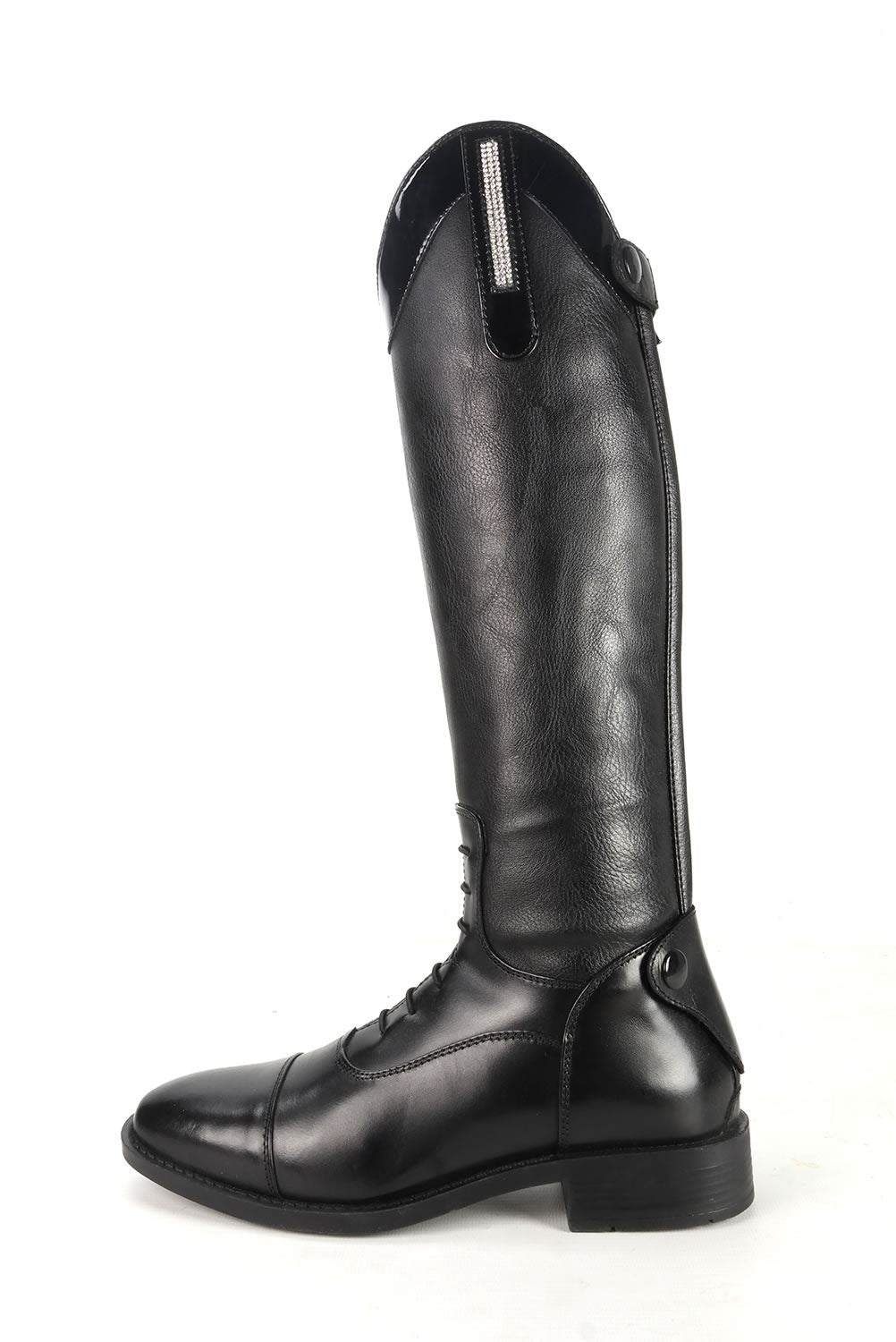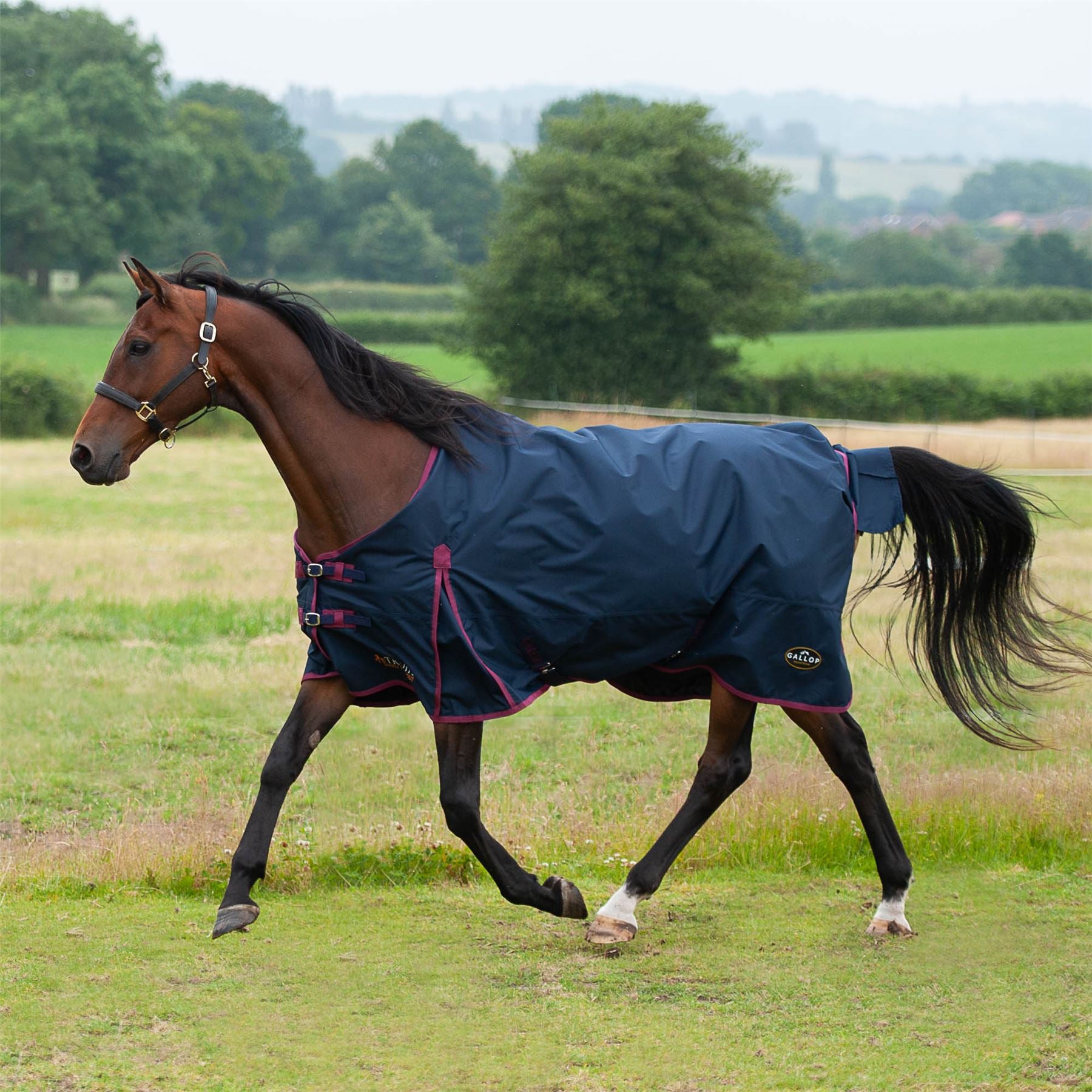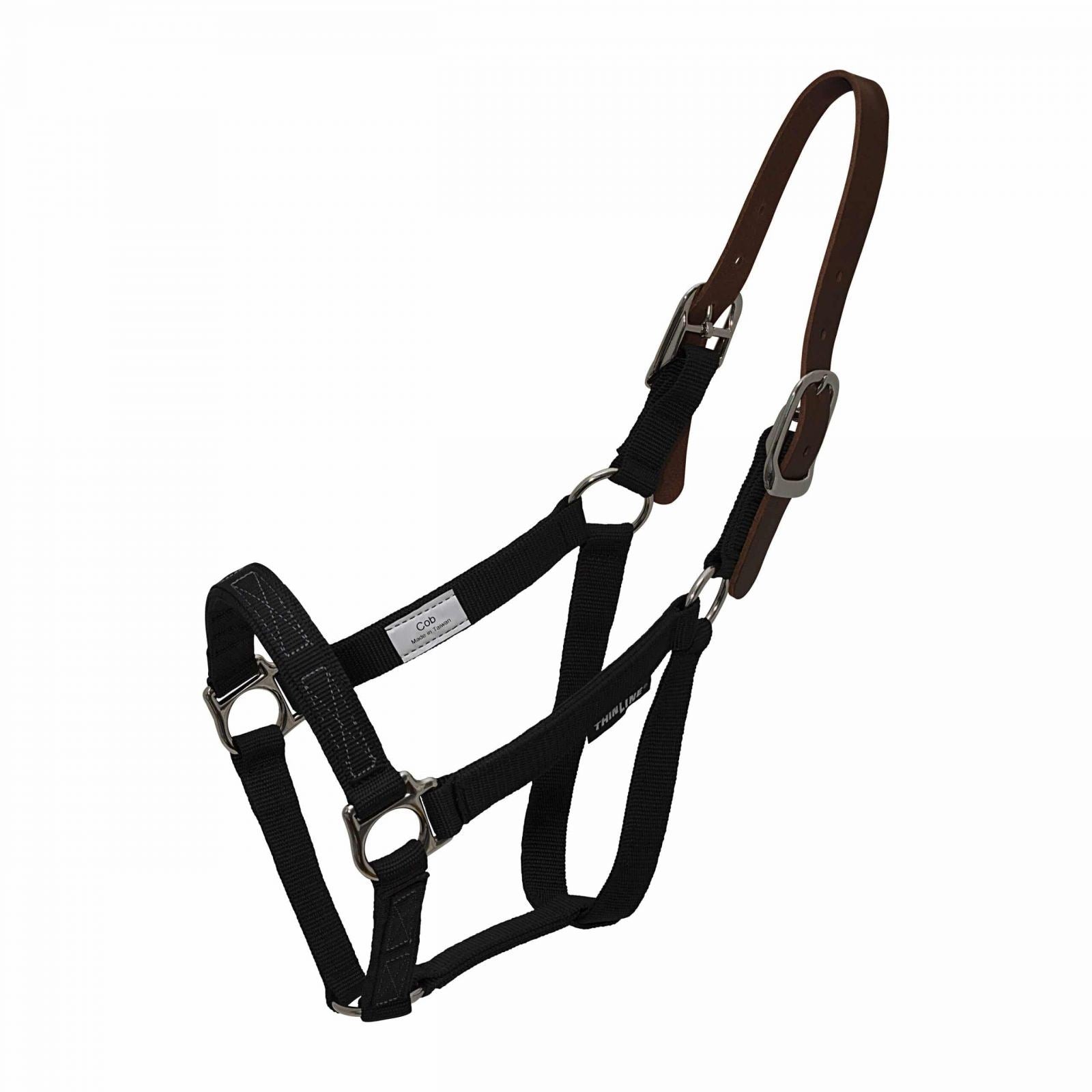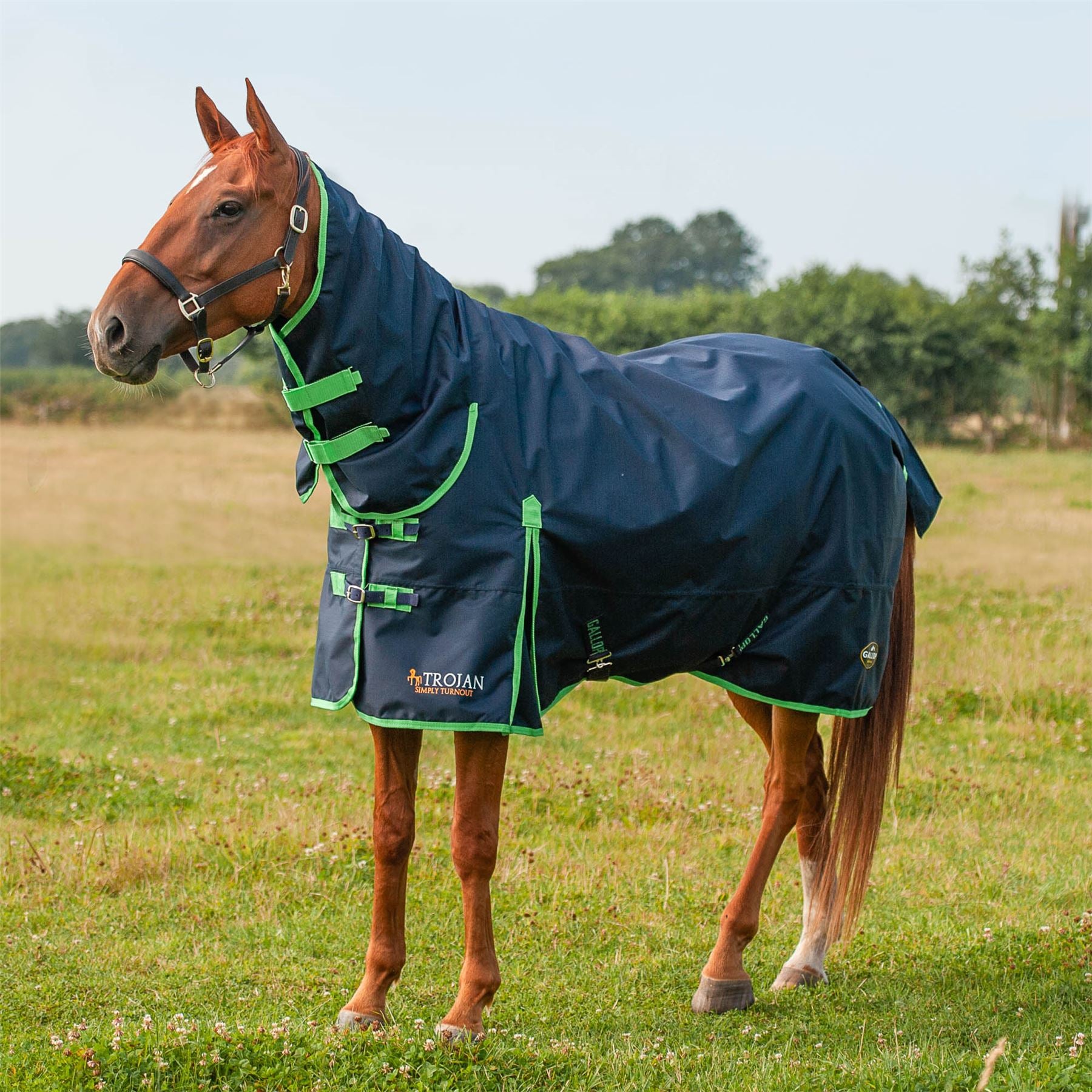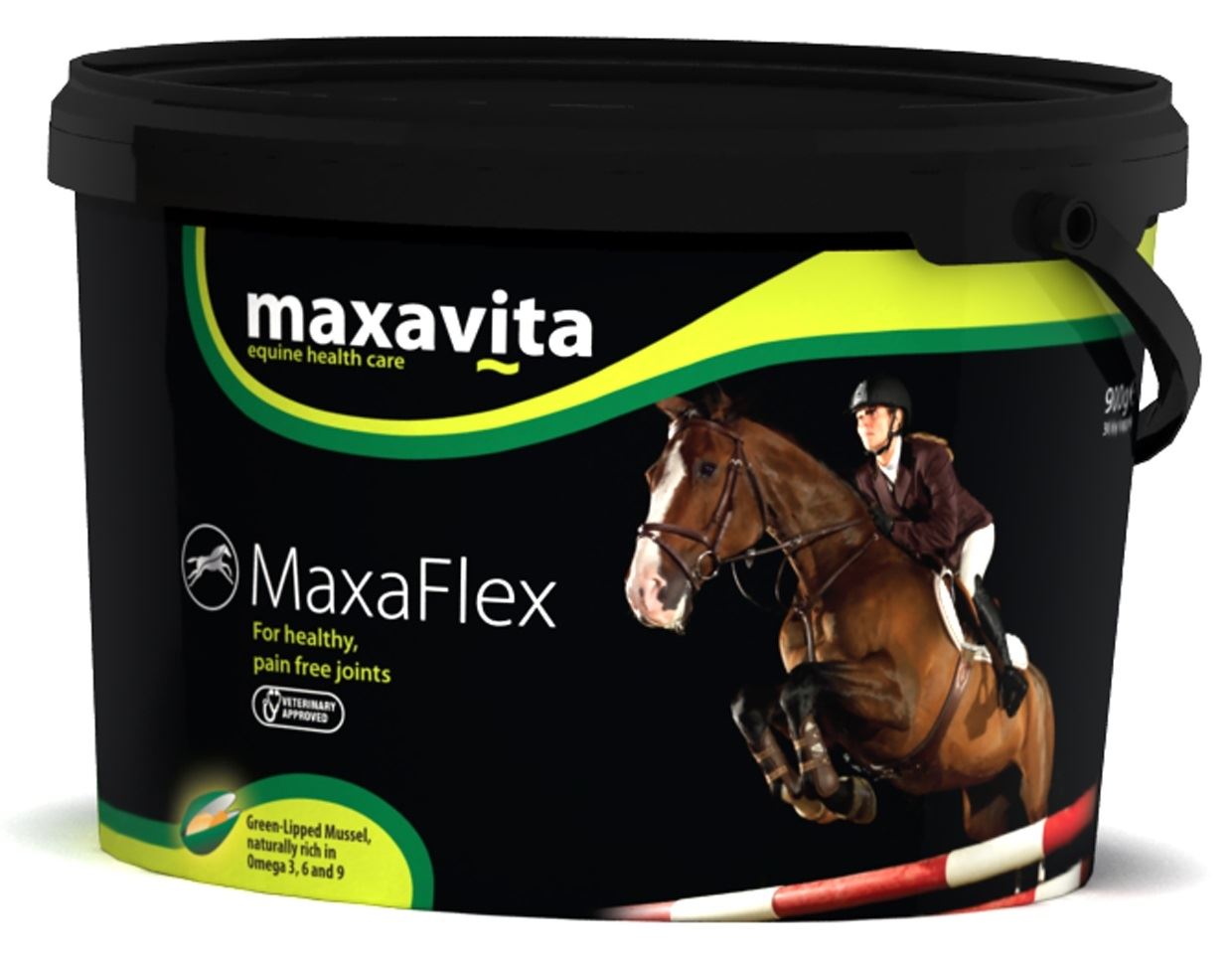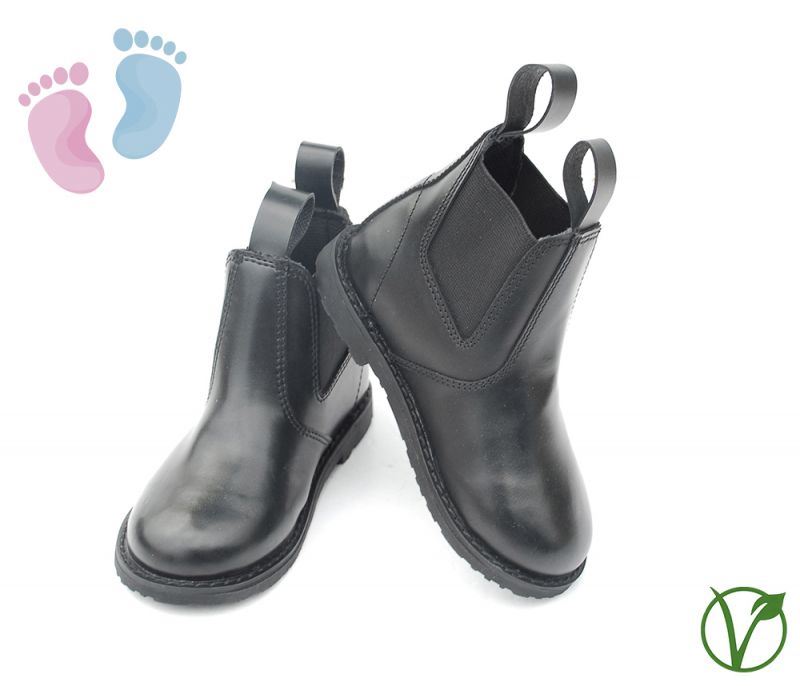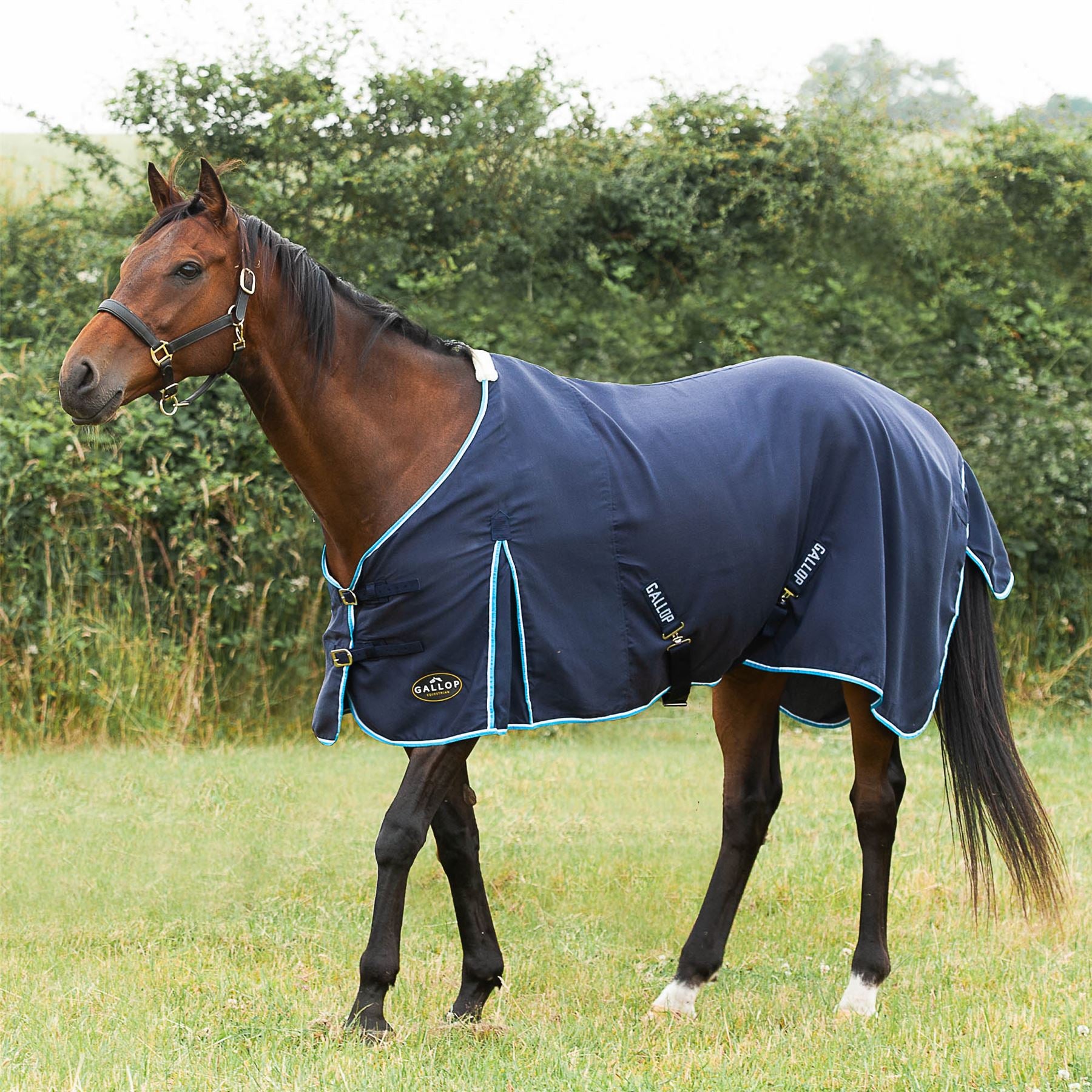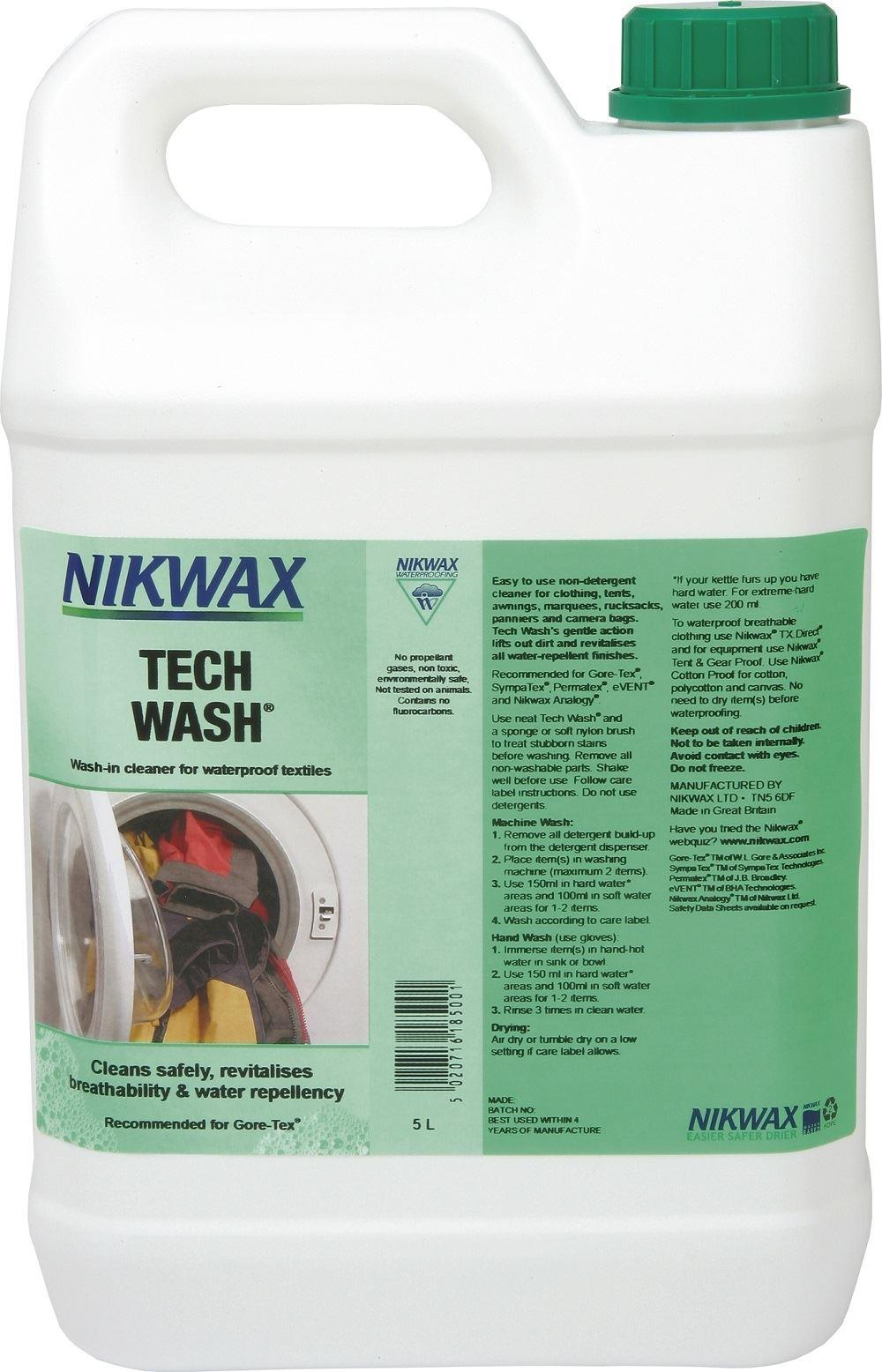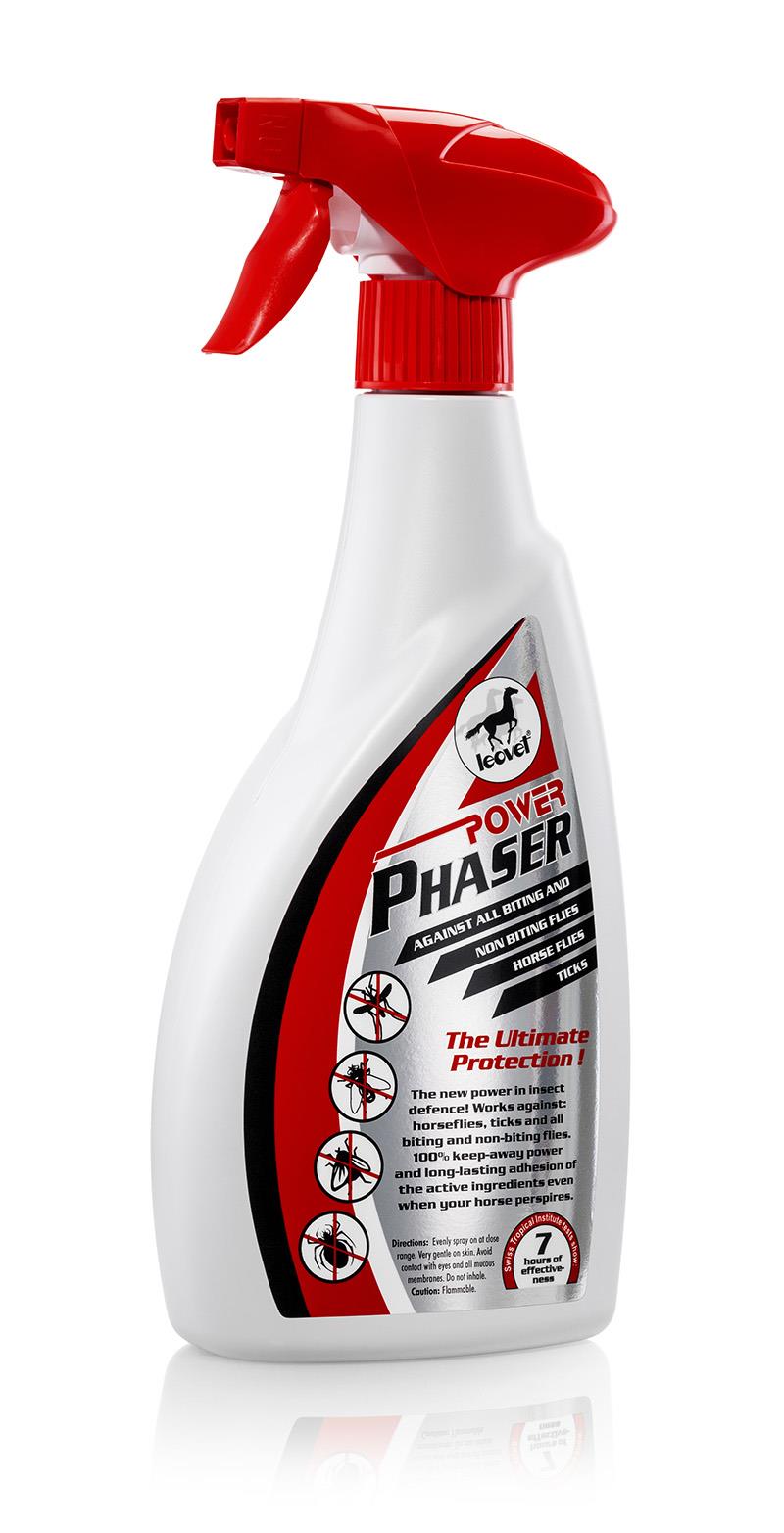Understanding Equine Infectious Anemia (EIA): A Persistent Threat
The recent outbreak of Equine Infectious Anemia (EIA) in Meadow Lake No. 588, Saskatchewan, has ignited fresh concerns among horse owners and veterinary experts. Seven horses tested positive for this viral disease, and measures have been swiftly enacted to curb its spread. This incident shines a light on the ongoing battle against a disease that demands vigilance and meticulous management. Welcome to the world of Equine Infectious Anemia, where science meets reality.
Equine Infectious Anemia: The Disease Demystified
EIA, also known as swamp fever, resembles an unwanted guest that overstays its welcome. It's a viral menace targeting the immune systems of horses, mules, and donkeys. One of the most distressing aspects is that once infected, horses serve as lifelong carriers, acting as potential reservoirs for future infections. With clinical symptoms ranging from fever and weight loss to anemia, identifying EIA can sometimes feel like finding a needle in a haystack, especially when some horses show no symptoms at all.
The Transmission Tango: How EIA Spreads
Understanding how EIA spreads is crucial in our fight against it. Transmission primarily occurs via contaminated blood, but there are several key culprits:
- Blood-feeding insects: These sneaky critters, particularly large biting insects like horseflies, can transfer infected blood from one horse to another when interrupted during their meal.
- Contaminated medical tools: Reusing needles or medical instruments without proper sterilization can inadvertently spread the virus.
- Other vectors: The virus can also be transmitted through infected semen or from mare to foal.
Diagnostic Dilemmas: Detecting EIA
Detecting EIA requires a keen eye and the right tools. A reliable method is the Coggins test, which identifies EIA antibodies from a blood sample. Yet, given the asymptomatic nature of some infections, regular testing becomes a knight in shining armor, especially for equines in transit or participating in events. Diagnosis isn’t just about spotting illness; it's about prevention and control.
Controlling the Beast: Management Tactics
With no cure or vaccine currently available, controlling EIA is a game of strategy. Here are some tactics employed:
- Testing and Quarantine: Regular testing helps identify infected horses, which must then be euthanized or quarantined for life.
- Movement Restrictions: Infected premises are locked down, with agencies like the Canadian Food Inspection Agency (CFIA) overseeing these controls.
- Preventive Measures: Horse owners can reduce risks by minimizing exposure to biting insects, using single-use medical supplies, and ensuring all blood products are from EIA-negative donors.
The Tiny Enemies: Role of Blood-Feeding Insects
The influence of blood-feeding insects in the spread of EIA cannot be underestimated. They are formidable vectors, effortlessly transmitting the virus as they hop from horse to horse. Controlling these pests, perhaps with insecticides or protective coverings, forms a crucial part of the battle plan in EIA prevention.
Cross-Jurisdictional Challenge: Regulatory Insights
On a broader scale, cross-jurisdictional regulations are as vital as the air we breathe. EIA is a reportable disease under laws in Canada and the U.S., mandating testing and inspections during horse importation and exportation. These regulations weave a safety net to prevent the disease from leaping borders.
Conclusion: Vigilance is Key
The outbreak in Saskatchewan is not just a wake-up call; it's a stern reminder of the continuous struggle against EIA. Through understanding transmission routes, maintaining rigorous health protocols, and committing to regular testing, the equine community can mount an effective defense against this ever-present threat. After all, in the world of equine welfare, vigilance is not just a virtue—it’s a lifesaver.
For further information, visit the Equine Disease Communication Center at www.equinediseasecc.org.
Article adapted from sources available at The Horse (www.thehorse.com).
